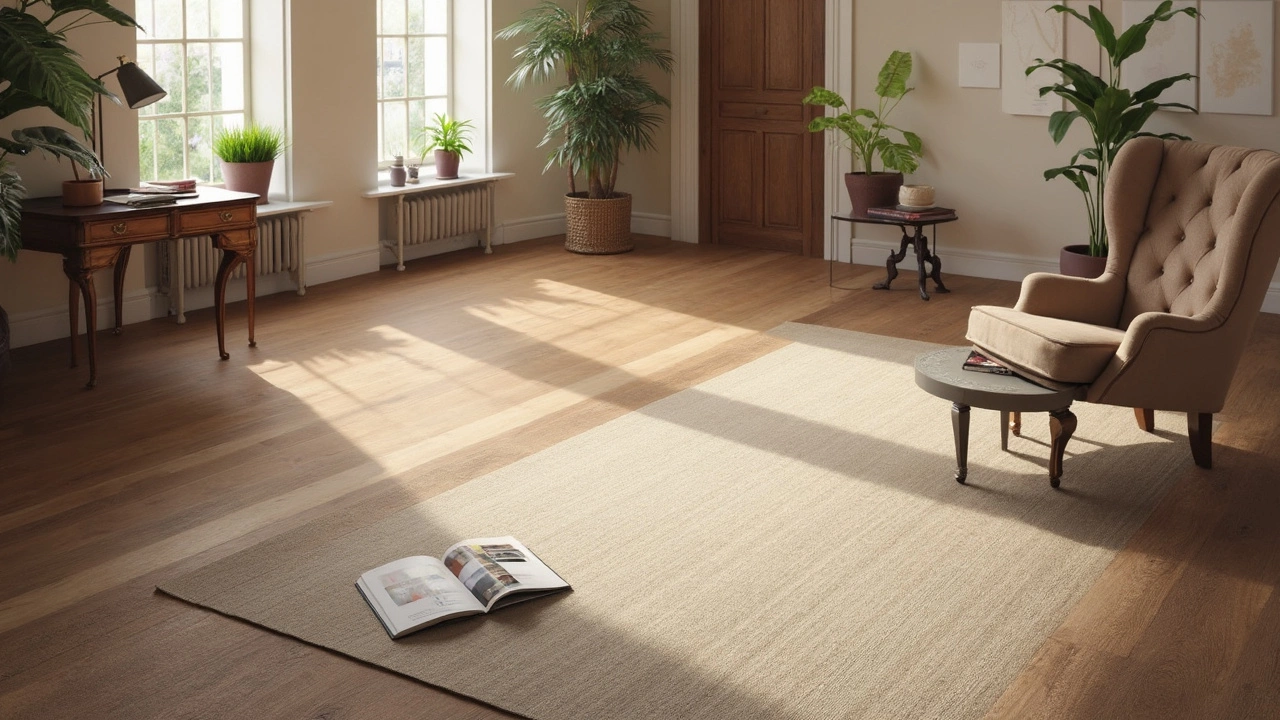Home Flooring Tips & Guides for UK Homeowners
Choosing and fitting a new floor can feel overwhelming, but it doesn’t have to be. Whether you’re swapping old carpet for hardwood, adding laminate in a bedroom, or polishing a concrete kitchen floor, the right plan saves time, money, and headaches. Below you’ll find straight‑forward advice you can act on this weekend.
Pick the Right Floor for Every Room
Start by matching floor type to room use. In high‑traffic areas like hallways and living rooms, wear‑resistant options such as engineered wood or high‑quality laminate work best. For bathrooms and kitchens, go waterproof – tiles, vinyl, or sealed concrete are safe bets. Bedrooms love the warmth of carpet or soft floorboards, while a polished concrete slab adds an industrial vibe to a modern loft.
Consider the UK climate, too. Moisture can warp untreated wood, so look for floors with a moisture barrier or choose moisture‑stable materials like engineered oak. If you live in a damp area, a raised subfloor with proper ventilation helps keep the surface dry and extends its life.
Installation Basics You Can Do Yourself
Most DIY‑friendly floors come with a click‑lock system. Lay a moisture‑proof underlay, snap the panels together, and you’re set. Remember to leave a 10‑12 mm expansion gap around walls – it lets the floor breathe and prevents buckling when temperatures change.
For glue‑down tiles or hardwood, the key is a clean, level substrate. Use a spirit level and a straightedge to spot low spots, then sand or fill them before applying adhesive. A good rule of thumb: use a 3 mm thick spacers at the edges and a trowel with the right notch size for the adhesive. Don’t rush the drying time; even if you’re eager to place furniture, giving the floor 24‑48 hours to set avoids later squeaks.
If you hit a foundation crack, don’t ignore it. A widening crack can let moisture seep up and damage the floor. Small hairline cracks are usually fine, but anything wider than 2 mm should be assessed by a structural engineer before you start tiling.
Budget‑friendly tricks include ordering a few extra panels (about 5 % extra) to cover mistakes and future repairs. Reclaimed wood can give a premium look at a lower cost, just be sure it’s been treated for pests and moisture.
Finally, protect your new floor with the right finish. Polyurethane coats work well on wood, while a good sealant is essential for concrete and stone. Re‑apply the finish every few years to keep the surface looking fresh and to guard against wear.
With these basics, you’re ready to pick a floor that suits your style, fits your budget, and stands up to everyday life. Happy flooring!

